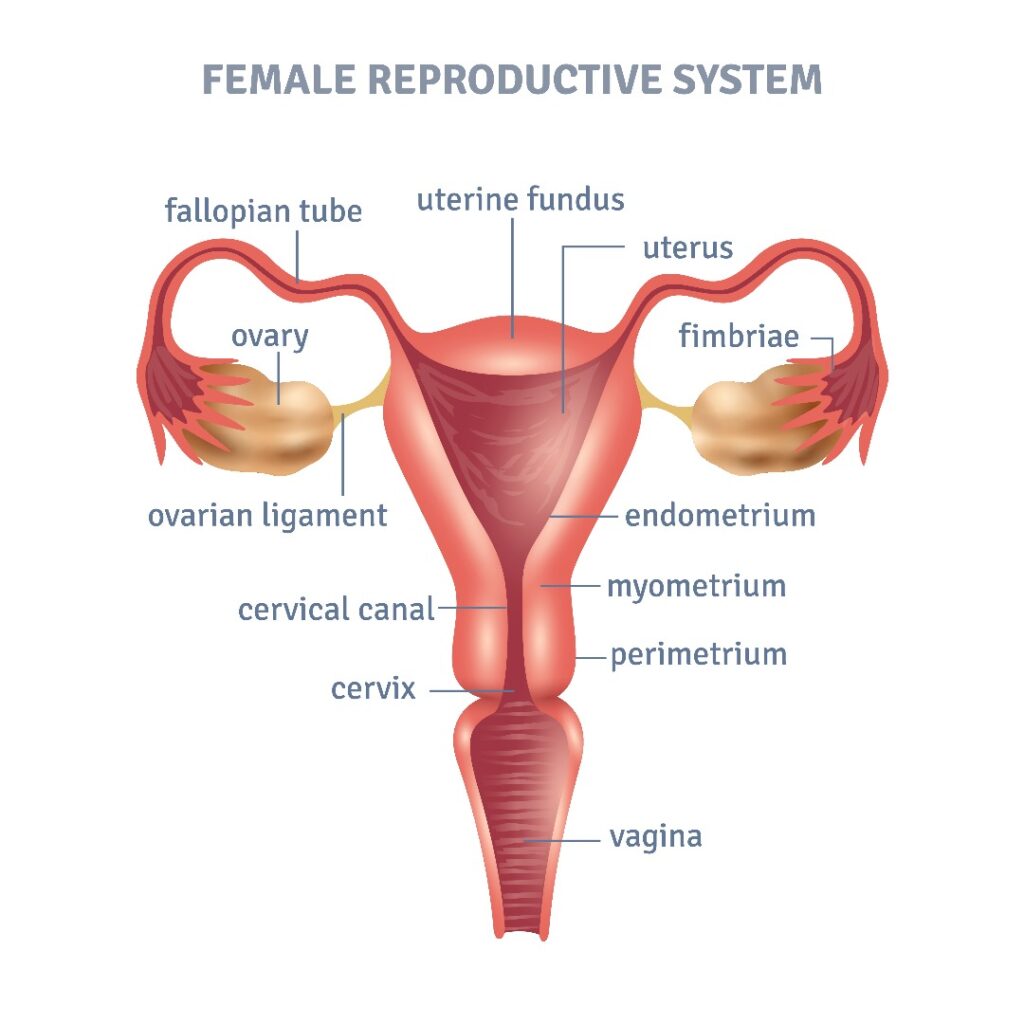Cervical cancer begins in the cells of the cervix, the narrow lower part of the uterus that connects to the vagina. This type of cancer develops slowly, often starting with abnormal changes in cervical cells, known as dysplasia. If left untreated, these abnormal cells can turn cancerous, growing deeper into the cervix and potentially spreading to nearby tissues.
An Overview of the Cervix
The cervix has two main areas:
- Ectocervix: The outer part, visible during a gynecologic exam, is covered by flat, thin cells called squamous cells.
- Endocervix: The inner part forms a canal linking the vagina to the uterus and is lined with column-shaped glandular cells that produce mucus.
Most cervical cancers originate where these two areas meet, in the squamocolumnar junction or transformation zone.

Types of Cervical Cancer
Cervical cancer is classified based on the type of cell where it starts:
- Squamous Cell Carcinoma: This is the most common type, accounting for up to 90% of cervical cancers. It begins in the squamous cells of the ectocervix.
- Adenocarcinoma: This less common type starts in the glandular cells of the endocervix. A rare subtype of this is clear-cell adenocarcinoma.
- Mixed Carcinoma (Adenosquamous Carcinoma): Occasionally, cervical cancer may have features of both squamous cell carcinoma and adenocarcinoma.
In extremely rare cases, other cells in the cervix may develop cancer.
Why Understanding Cervical Cancer Matters
Cervical cancer often takes years to develop, providing a crucial window for prevention and early treatment. Knowing how it starts, where it grows, and its types helps us recognize its significance and the importance of regular screenings. By staying informed, individuals can play an active role in early detection and prevention, reducing the risks and impact of this disease.


